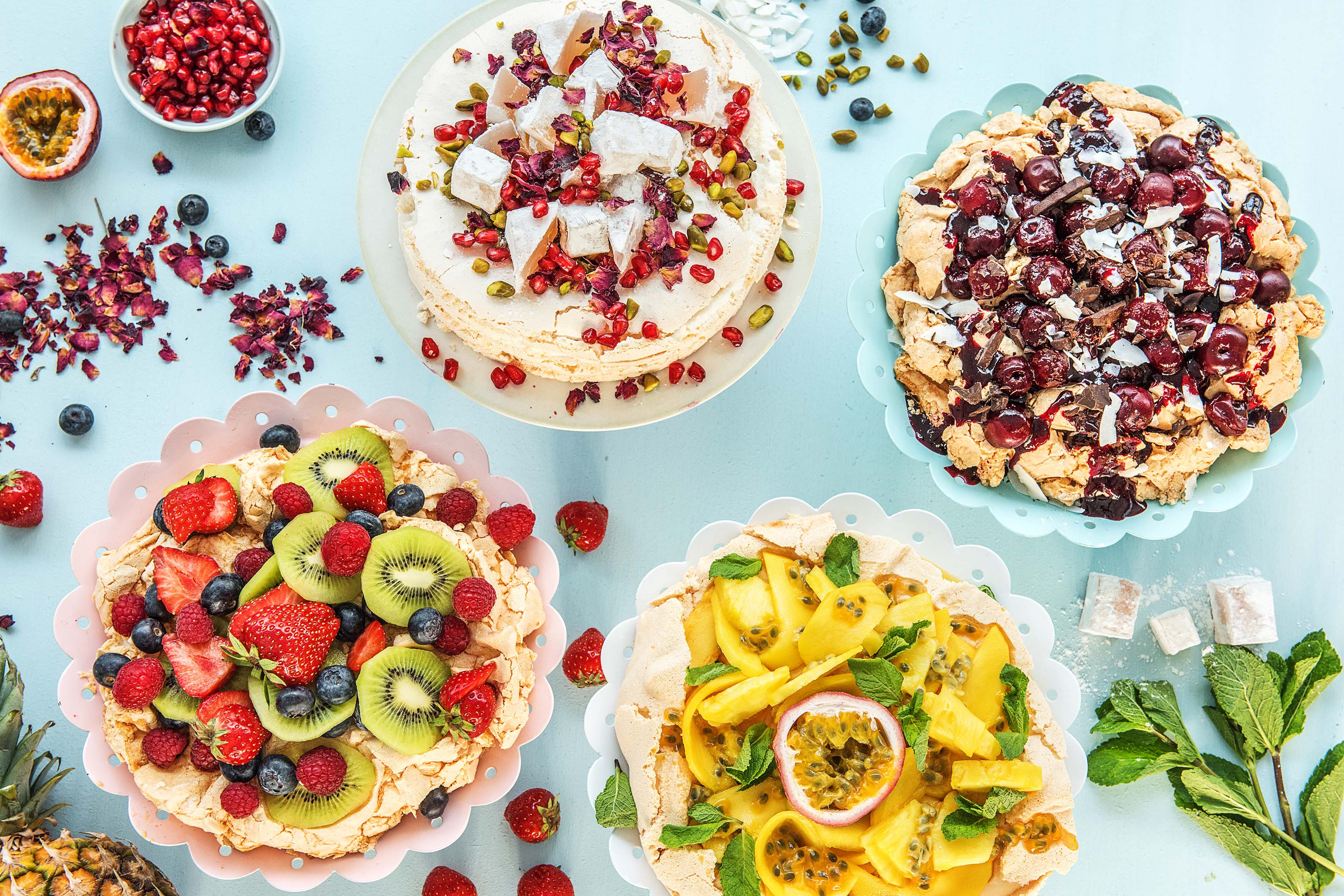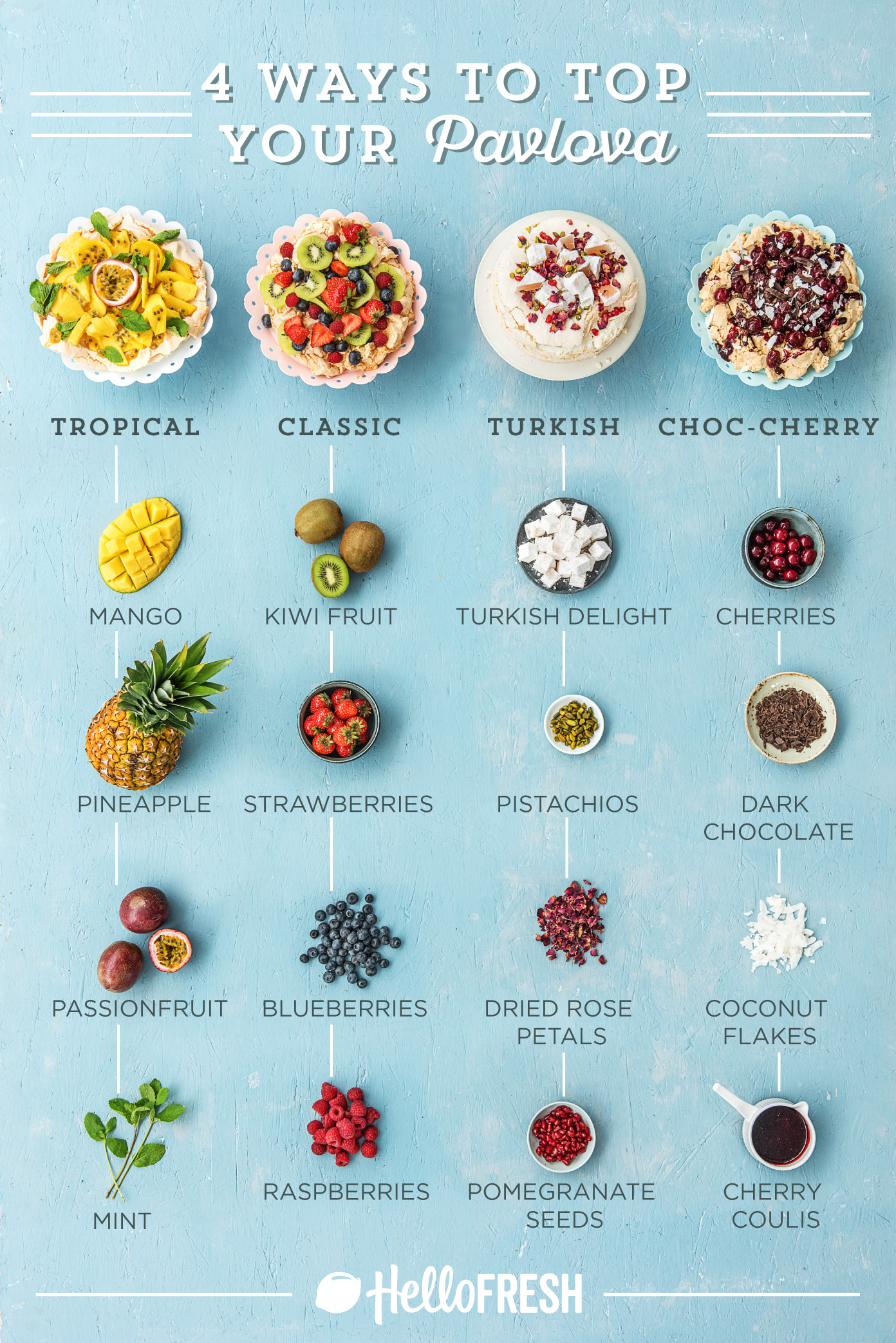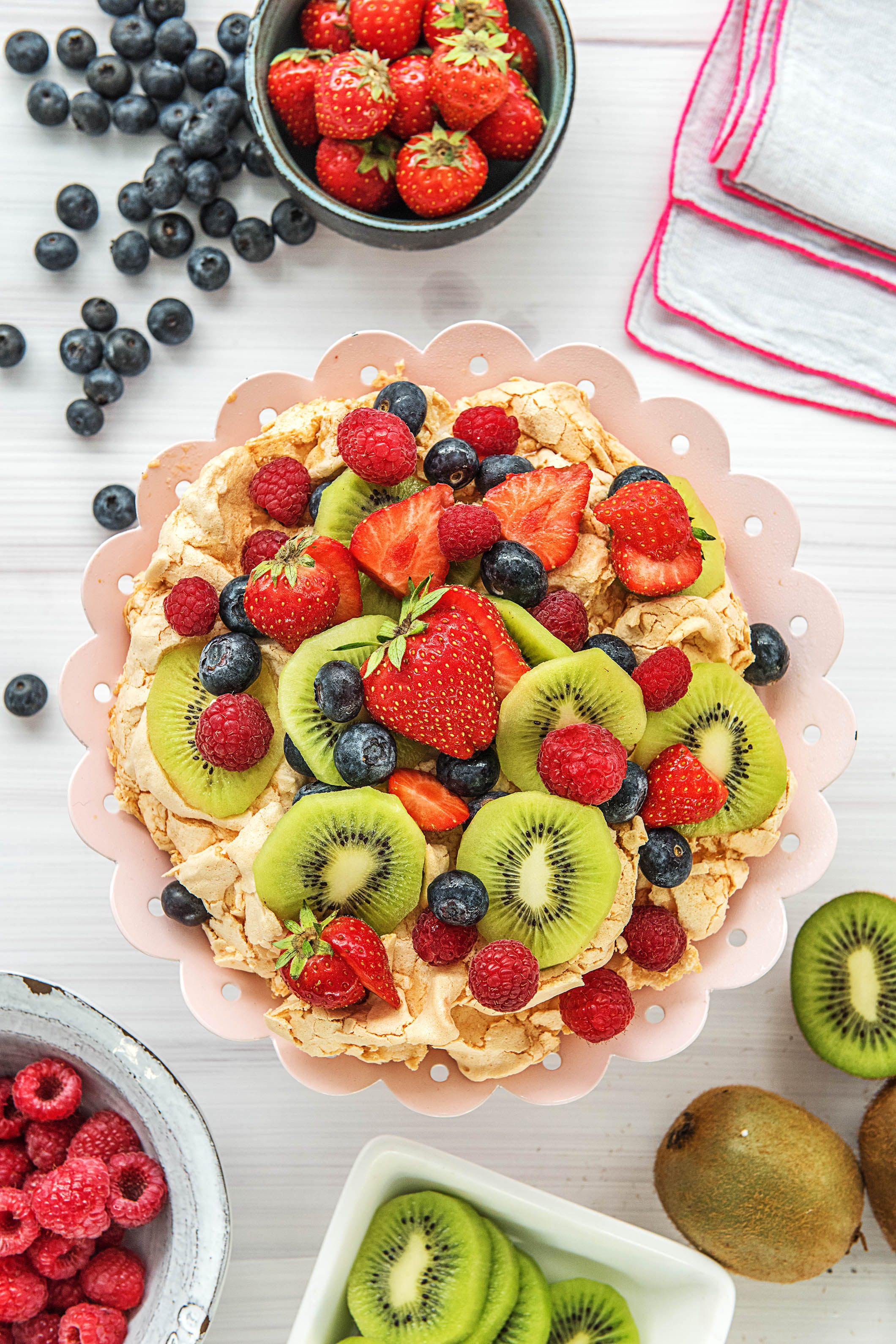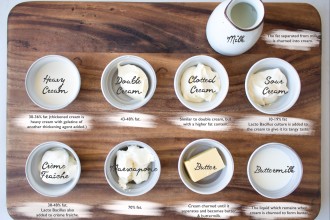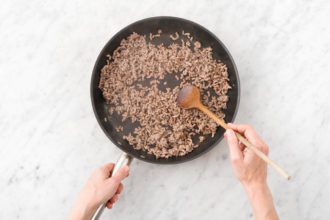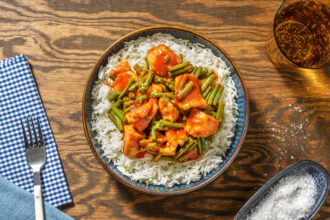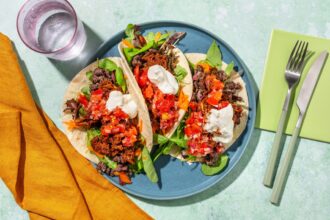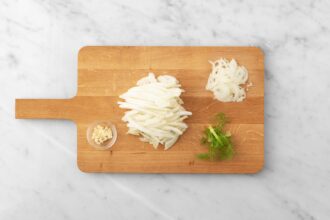4 toppings for Christmas pavlovas (spoiler: they’re all delicious)
August 2, 2024There are a few tricks to whipping up a truly delicious pavlova, but once you’ve mastered the technique, it really is one of the most simple yet impressive desserts you can make. The natural enemies of a good pav are fat and moisture in the form of the water, meaning it’s imperative that you start whisking the egg whites in a clean, dry bowl. Running half a lemon around the surface of the bowl before you add the whites can also help stabilise the mixture.
Secondly, you’ll need to make sure the egg whites are at room temperature to give them the best chance of whipping up into hard peaks. If you can, leave your eggs out for a few hours before you start the recipe. Otherwise, separate the egg whites and then finish the rest of the recipe preparation before starting.
Finally, patience is key! An electric beater is very useful to have for meringues and pavlovas, where you may need to beat the egg whites for upwards of 5 minutes. Up to 8 minutes of beating time is well within the realm of normal, so don’t panic if your mixture doesn’t come together as quickly as you’re expecting it to.
You’ll know the meringue is ready when it clings to the whisk in a peak without falling when lifted out of the bowl, or if it stays in the bowl when you (carefully) tip it over your head. Likewise, you’ll need to cook the pavlova low and slow, so plan another activity and give it the time it needs to crisp up perfectly.
Ingredients
- 6 egg whites at room temperature
• 315g (1 1/2 cups) caster sugar
• 3 teaspoons cornflour
• 2 teaspoons white vinegar
• 1 teaspoon vanilla extract or other flavouring
• 375 ml (1 1/2 cups) thickened cream
Method
- Preheat oven to 150°C. Line a large baking tray with non-stick baking paper. Draw a 20 cm disc on the paper and turn the paper ink-side down.
- Use an electric beater (or a hand whisk and a lot of elbow grease!) to beat the egg whites in a clean, dry bowl until soft peaks form. Gradually add the sugar 1 tablespoon at a time, beating it constantly until the sugar dissolves and the mixture is thick and glossy and at a hard peak stage. Beat in the cornflour, vinegar and vanilla essence.
If you’d like to add a different flavour to your pavlova, simply combine a teaspoon of the essence or extract (rose water and orange blossom water are great additions) with 1 teaspoon of the cornflour, then fold through.
- Spoon the meringue mixture onto the disc and use a flat-bladed knife to shape the meringue and make furrows. Bake in oven for 10 minutes to firm up.
- Reduce oven temperature to 110°C. Bake for a further 1 hour or until the meringue is crisp and dry (you can check 30 minutes in and reduce the heat further to 90°C if the pav is getting too much colour). Turn oven off. Leave meringue in oven, with the door closed, to cool completely.
- Use a balloon whisk to whisk the cream in a bowl until loose but firm peaks form. Spread the cream over the top of the pavlova.
Tropical pavlova recipe
- 1 mango, skin removed and flesh thinly sliced
- 1/4 pineapple, thinly sliced
- 70 grams of passionfruit pulp
- 1 tablespoon baby mint leaves
- To serve: Top pavlova with fruit and mint.
Turkish pavlova recipe
- 300 grams of Turkish delight, chopped
- 1/2 cup pistachio kernels, chopped
- 1/4 cup dried rose petals
- 2 tbsp pomegranate seeds
- To serve: Sprinkle pavlova with Turkish delight, as well as pistachios, rose petals and pomegranate seeds. You can even add a spritz of rose water in place of vanilla into your pavlova mixture to really make this recipe sing. Combine it with the cornflour and add at the end of the whipping process.
Classic Christmas pavlova recipe
- 250 grams of strawberries: hulled and sliced
- 2 kiwifruits, peeled, sliced
- 150 grams of blueberries
- 150 grams of raspberries
- To serve: Top cream with fruit.
Cherry & chocolate pavlova recipe
- 1/2 cup grated dark chocolate
- 1/2 cup coconut flakes
- Cherry syrup*
* To make cherry syrup
- 500g plump cherries
- ¼ cup caster sugar
- ¼ cup water
- Halve and pit 300g cherries. Refrigerate the remaining cherries until ready to serve.
- Combine sugar and water in a small saucepan, and stir over medium-high heat until sugar dissolves. Bring to a boil. Add halved cherries and return to the boil, then reduce heat and simmer for 5 minutes until tender. Place into an airtight container and chill until ready to serve.
- To serve: Top with reserved cherries. Drizzle with the cooled cherry syrup, sprinkle with chocolate and coconut flakes, and serve immediately.
All food products vary. The instructions printed on the food packaging always supersedes those printed in this article and must always be followed.


